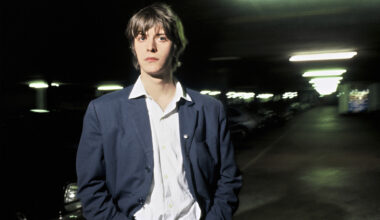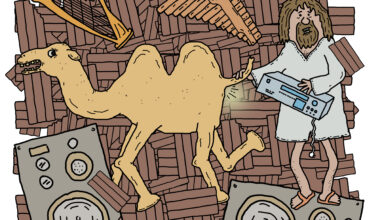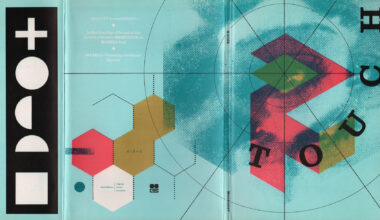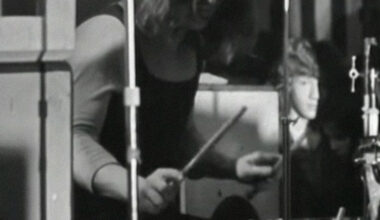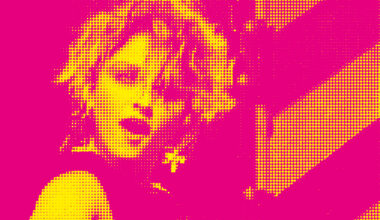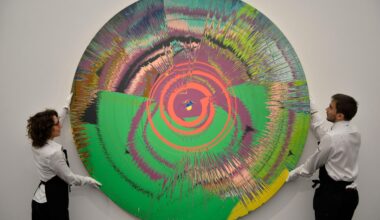It’s 1994, in a Brixton backstreet club, a bunch of Finnish musicians are making their London debut with a live set that will lay the foundations for PAN SONIC, one of electronica’s most revered acts
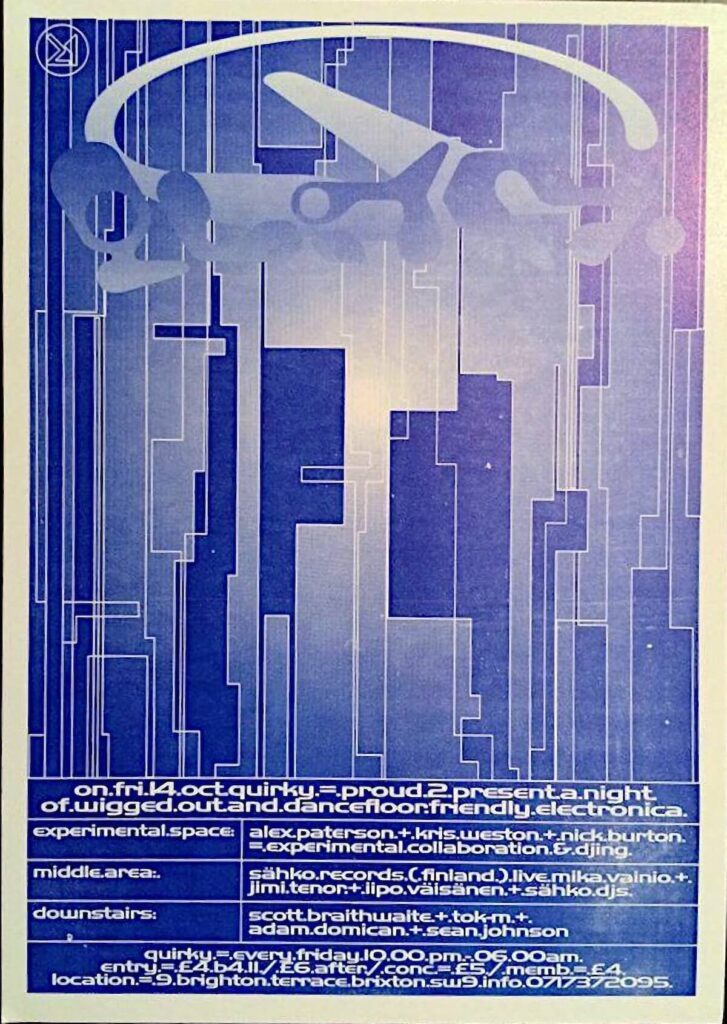
There are shows that are legendary by nature of the performances – The Beatles on the rooftop of the Apple offices, Aphex Twin’s sandpaper set at Disobey, Radiohead at Glastonbury – and there are shows that become legendary, where history and facts are displaced by myth and legend. Consider the Sex Pistols’ gig at Manchester’s Lesser Free Trade Hall in June 1976. Hundreds of people claimed they were there, although in fact only around 40 attended.
For experimental machine music, 14 October 1994 was one of those special nights. In a corner of south London, Brixton’s Vox Club offered up Quirky, “a night of wigged out and dancefloor friendly electronica”, featuring The Orb live in the “Experimental Space”. The draw of the evening for me though was in the “Middle Area”, which was hosted by Finnish label Sähkö Recordings with a billed live appearance from “Mika Vainio, Ilpo Väisänen, Jimi Tenor and Sähkö DJs”. All well-known names these days, back then they were making their London debut.
On reflection, it’s curious to think how a chance meeting with Tommi Grönlund, co-founder of Sähkö, at London underground vinyl hubs These Records and Fat Cat in 1993, brought about the night, but first, a little context. In 1993, Grönlund, Vainio, Väisänen and Sami Salo were hanging out with German artist Daniel Pflumm in Berlin. Pflumm founded the renowned Elektro club on Berlin’s Mauerstrasse, which ran from 1992 until its closure in 1994, and featured DJs such as Jeff Mills and DJ Hell.
At Elektro, you’d find TV monitors playing videos made by Pflumm: short segments from recorded news and TV commercials, looped ad infinitum. This would be repeated at his next club, Panasonic, on Berlin’s Invalidenstrasse (1995-97), where he also displayed his lightbox works: company logos stripped of their identifying names, one boldly featuring the word “Panasonic” across a blue screen. It was a lightbulb moment for the Sähkö crew in more ways than one.
In the warm, personable climate of early 1990s electronica, I’d befriended James Bignell and Tony Wilson of Quirky, who ran the night with an enthusiastic curatorial edge. Looking back, these events were almost mythical, with live sets featuring Autechre, Aphex Twin, Reload, Biosphere, LFO, Main, Rephlex, Spring Heel Jack, Locust, Orbital and Seefeel. Recalling my encounter with Tommi Grönlund, I suggested a Sähkö event to the team, who duly obliged. My diary records the opening of the night.
“We arrived but found the place almost empty. It was a strange night in that respect. When Alex P plays, it’s usually full of little Orbettes, but it was surprisingly quiet. I met Tommi at the door and we went upstairs to the soundcheck, which was absolutely phenomenal! I DJed from 11pm until past midnight with a mixture of beats and noise: Biting Tongues, Barry Adamson, SPK, 23 Skidoo, Skylab and more. Tommi followed with some crazy industrial tunes.”
There was only one regular CD player in use that night, they did have another one but it was faulty, and Grönlund had arrived with a CD full of Vainio’s cassette tape recordings to play, while the colourful lights were completely in contrast to his request for Panasonic-blue lights.
The atmosphere grew darker and angrier. And then everything changed. Väisänen, Tenor (in Wild West cowboy shirt and chunky specs) and an unbilled Sami Salo (covering for Vainio who was absent due to illness) stepped out on stage and stood behind a long trestle table with strange scientific equipment balanced on top. None of us could have anticipated what was to follow.
A low bass entered the room, as great walls of noise lurched towards us, moving closer and closer. Pitch black but for a laser projection mapping out the frequencies on a screen behind the performers, razor-thin tones resonated about us – unnerving, primeval, ancient and modern in equal measure, building with rhythmic energy and pulsations. And then, without warning, silence, darkness. A time without mobile phones was a time of utter blackness, with only lit cigarettes visible.
“It was a kind of warehouse space, reminding me of old school acid house party locations,” recalls Väisänen. “The PA was gigantic. The 808 and other devices were moving across the table! I had made a transition piece between the tracks for the show, basically just speeding up the LFO and opening a filter, played by the CSG Typewriter [a small synth built inside an old typewriter]. I was doing this, and just when I was supposed to cut the sound, an arc of light appeared in the corner of the room and the electricity stopped.”
A truly un-rock ’n’ roll kettle in the kitchen had tripped the entire system, plunging The Orb into darkness at the same time. Chaos ensued, as beefy security guards began to encourage people to leave the space, down twisting staircases with torches as their only guide. Richie Hawtin was caught taking the wrong route and was manhandled by a bouncer. Equipment was rapidly removed and, rather tragically, the CD player with the unique disc of Vainio’s music still inside was taken and never found again.
We witnessed just two pieces of music that night – Tenor’s ‘Matti B’ from his ‘Sähkömies’ album and Väisänen’s ‘Typewriter’ and, as Blast First’s Paul Smith recalls, the PA buckling under the pressure was a great electro-punk ending to their set, though clearly not the show the Sähkö team would have wanted on their London debut.
Panasonic spent just 12 minutes on stage that night, but it was enough to get them a deal with Blast First. With Salo leaving in 1996 and the duo becoming Pan Sonic in 1998 due to some legal difficulties over the name, the rest you probably know. Sadly, Mika Vainio died, aged just 53, in 2017, which leaves just Väisänen to continue to weave the sonic magic which started that night in south London.
